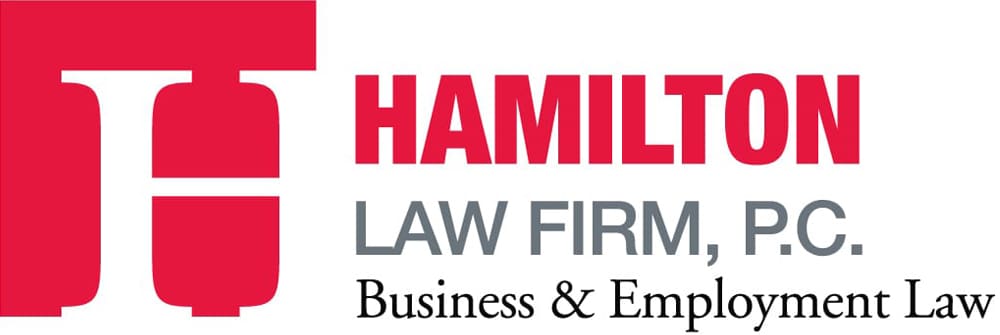In an article in SMART CEO Magazine, Lindsay Enay provides some valuable considerations to think about before you fire an employee. 1. “Is this a performance problem or a personality problem?” The answer is easy if its a performance problem. You know you need to get rid of this employee but you have to be careful about how you do it. Make sure that you have documented the performance problem and given the employee an opportunity to correct themselves and improve. This is especially important if you are dealing with an employee who falls into a protected category. If its a personality problem but the employee’s performance isn’t the issue, then consider what alternatives you have to termination. Consider moving the employee to a position whether you can best utilize their skills and diffuse the conflict. Consider some sensitivity training and a performance improvement plan which tries to address the personality conflict issue. 2. “Is the employee lacking in skills or is the manager failing to provide the appropriate resources?” Once again, if lack of skills isn’t the issue, you should consider whether your management structure is providing the best support to your employees. Management plays an integral part in evaluating employees and identifying issues but sometimes, the employee is not the problem. Make sure you are looking at the entire picture and have all of the relevant facts before making a decision to terminate. 3. “Was the mistake a one-time error, or is it a trend that won’t be course corrected?” If the mistake was a one-time error (and relatively small in magnitude), consider what types of additional training can be provided to this employee to ensure that this doesn’t happen again. However, where an employee has demonstrated a disregard to basic company policies and procedures, you also have to weigh the liability which might arise from this employee’s actions and errors against the cost of replacing him or her. 4. “Would the employee make a better fit in another position within your organization?” Employee turnover is time consuming and costly to the company. If you can find a better fit for that employee, then go for it, but make sure you balance the cost associated with this employee against the need to keep him or her within the organization. For instance, if the employee has a personality conflict in a particular department, you want to make sure that you are not moving that conflict somewhere else, thereby affecting employee morale in a healthy department. There are some employees who are not capable of rehabilitation and should be removed from your organization before they can do further damage. Don’t under-estimate the importance of good employee morale and its effect on efficiency and productivity. 5. “Are the employee’s goals aligned with the Company’s?” This is an important question which should be asked of all of your employees, regardless of whether they have been identified for termination. 6. “Should you give the employee the option to resign with dignity?” Always. There is no benefit to the company from treating someone with disrespect or humiliating an employee. This is the surest way to get sued. THE BOTTOM LINE: Make sure you take the time to analyse the termination decision and tread lightly when you are dealing with someone in a protected class. In such instances, make sure you consult with your legal counsel before pulling the trigger.
Protecting Your Rights And Interests, No Matter The Issue

